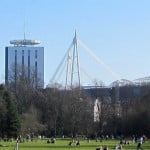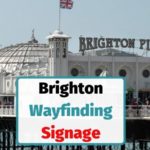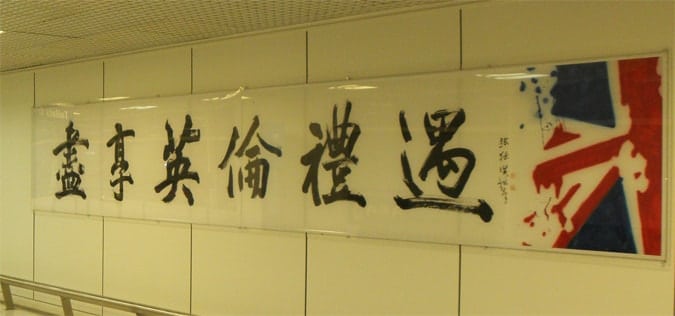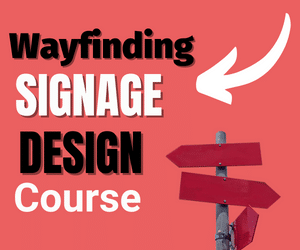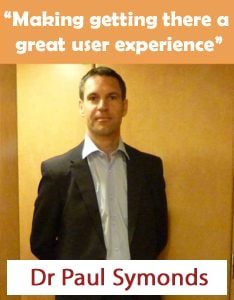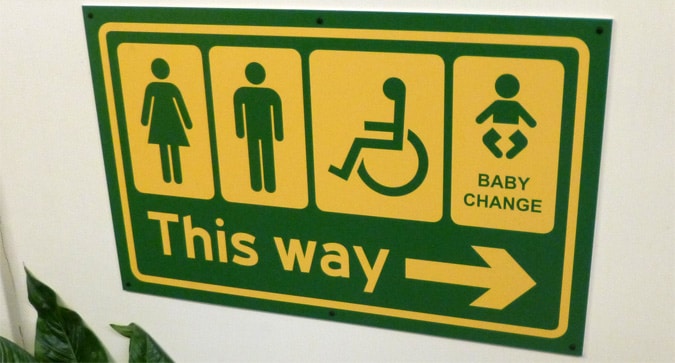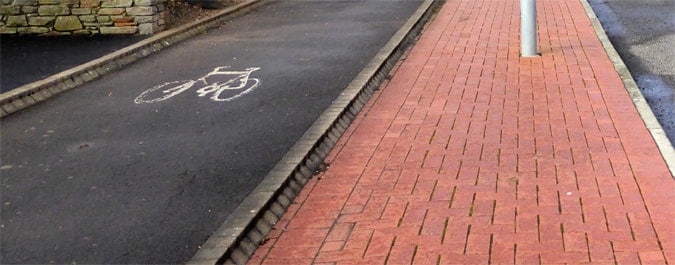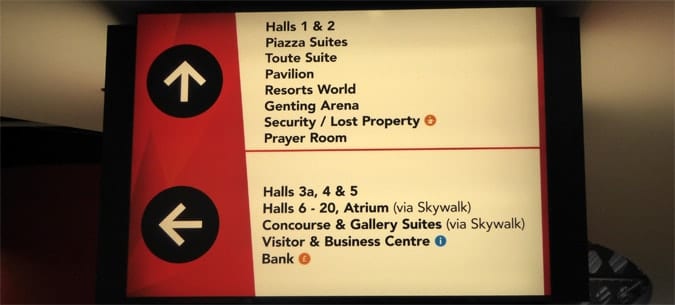Last Updated on June 9, 2023
Visiting a country where you have no way of being able to read the language and where few people speak English, makes for an interesting experience when it comes to navigating Seoul.
This was certainly my experience when first flying to Korea and then spending a year living in Seoul, South Korea.
South Korea is one of the most homogeneous countries in the developed world and although tourism is a relatively new economy for the country (at least compared to the likes of Thailand), navigating a city such as Seoul is not easy as a foreigner, in a country which has not been set up for foreign visitors.
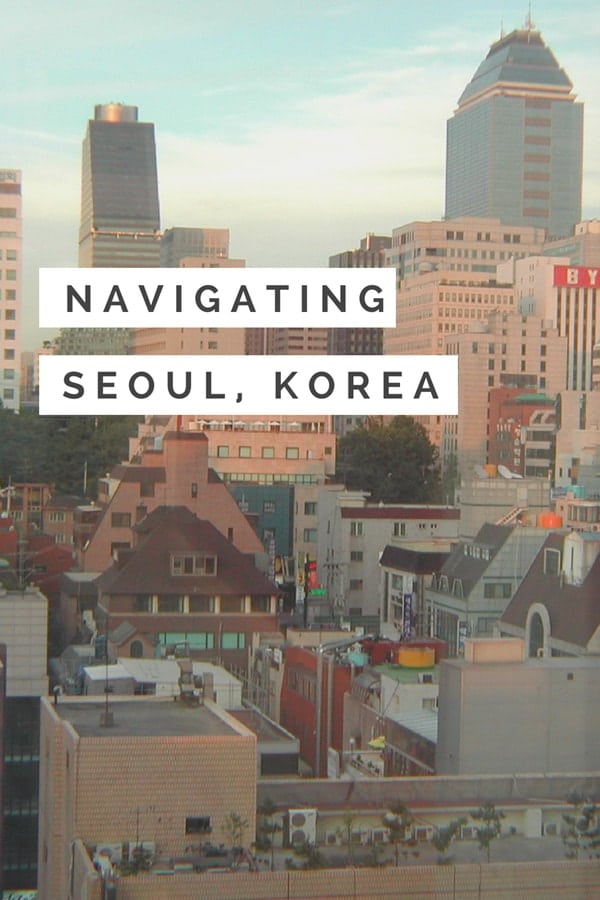
In the last few years improvements have been made to make getting around the city easier and the introduction of the Seoul City bus tour is one such example.
Seoul also has for me, what is the best underground (subway) train systems in the world, with frequent and spacious trains, and an excellent network which covers most of the city.
Forget the crowded platforms and infrequent trains on the London underground and think of a system with wireless internet throughout, stations with excellent facilities including (toilets, coffee machines, TV screens and even heated seats)!
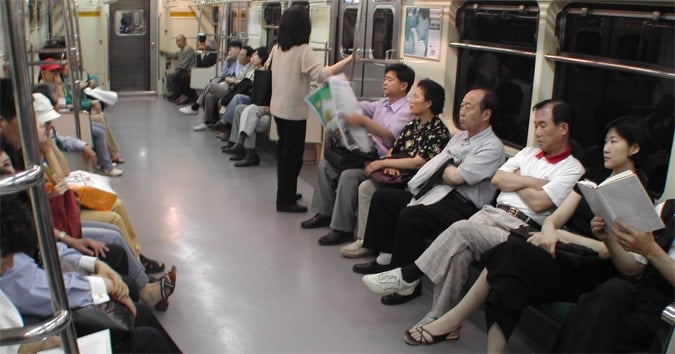
Table of Contents
Arriving and Navigating Seoul, South Korea
Incheon Airport in Seoul tends to be the main entry point for most Westerners visiting the country and in recent years the airport has developed at quite a pace and is now a well-organized arrival point that most foreign visitors can navigate fairly easily.
Inside the airport, there are signs in English and Korean and the airport’s layout involves quite large and wide-open spaces and which means you have a lot of visibility in making navigational decisions.
The airport provides a very handy downloadable map and there are buses serving the main parts of Seoul and some other cities and regions, from outside the main terminal.
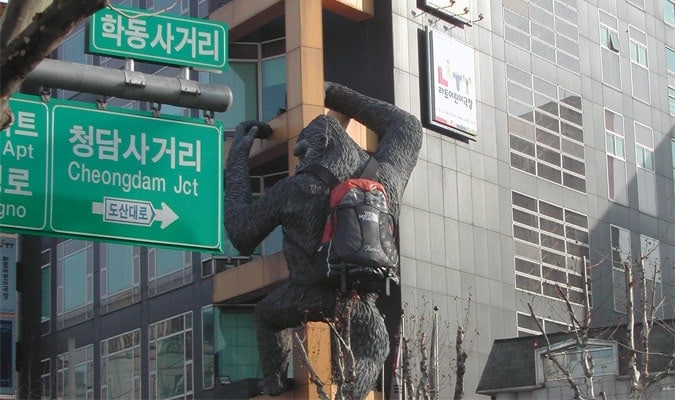
Navigating Seoul and trying to find your way through a transport hub though is perhaps made worse by the physical constraints from carrying or pushing around your luggage.
A high percentage of Western visitors to Korea arrive for teaching English as a foreign language and so are visiting often 1 year.
This means the amount of baggage many visitors are carrying and this makes the introduction to navigating Seoul and other cities, a journey that often starts off as a physically demanding and tiring experience (particularly also given the length of the flights).
You might well find that you spend the first week after arriving, getting over the jet lag and coming to terms with familiarising yourself with your new home, a home in which there are often few signs in English.
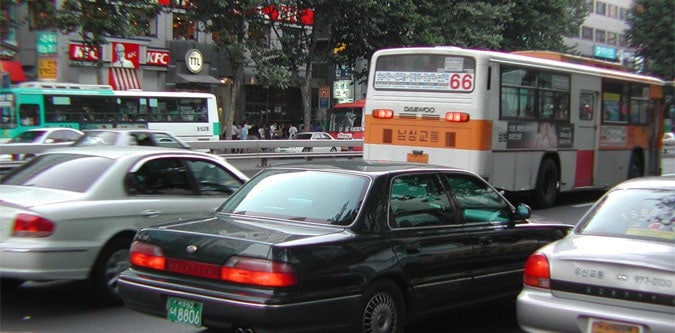
Travelers looking for the chance to explore Asia tend to prefer countries such as Thailand where the cost of living is much cheaper, the weather much preferable, and the beaches and backpacker’s lifestyle naturally more attractive for some.
Korea though is an excellent country for experiencing something new culturally and offers the chance of quite well-paid work as far as teaching English is concerned.
If you are a true traveler and want to explore and navigate new domains and new experiences, do consider heading for Korea!
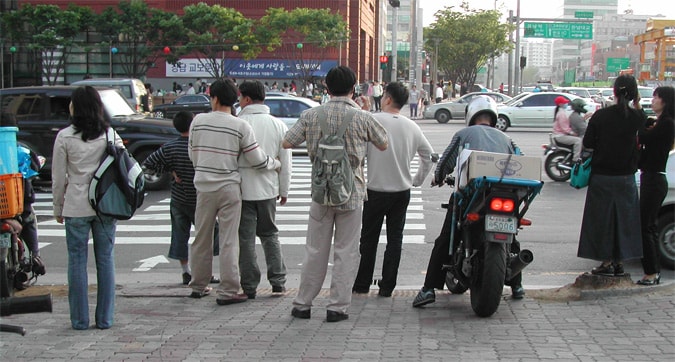
In the end, I spent two years living in the area of Gangnam (now well-known because of the song ‘Gangnam style’).
Located in the heart of the city, a Westerner’s life I believe is much easier when based in the main tourism hub; a hub that acts as a main focus of transportation and is well served by all forms of transport.
Most taxi drivers would just about understand my pronunciation when asking for Gangnam but even then it was sometimes hard.
The taxi drivers tend to speak no English at all and if they do not understand the location you are asking for, there is no way at all to try and discuss it, much like when in China.
Having said that, Chinese and Korean visitors face exactly the same problem when trying to get around London.
I have yet to meet a London cabbie who speaks Korean or Mandarin, although I am sure there are such drivers out there!
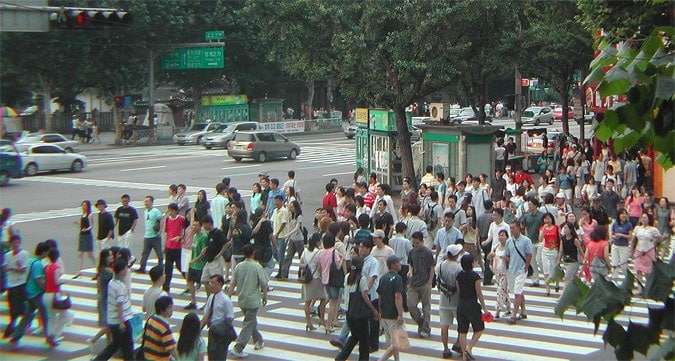
Navigating the city when I did have to find a location, I will have to be honest and say that I found it difficult and unless I was going with another person, I generally would not make the effort.
Getting lost in a city where I could not ask for directions because of the language barrier meant that when I did travel across the city, I would pre-plan.
The one quite stunning thing about Korea is the technology and the Internet tends to be very fast and technologies always more advanced than what I can find in the UK.
This made the wayfinding process easier in that you can use technology even more now that I have left Korea, to navigate the city through your phone.
Technology is advanced to the point now that you can do your home grocery shopping using custom-made machines in the underground stations.
A lot has been written about taking cues from the urban environment in tourism and wayfinding literature and studies such as those by Li Chao and Brosset et al, but I would certainly recommend those interested in urban wayfinding to look at a city such as Seoul and to use this city for some studies.
The way in which the very high percentage of homogeneous citizens, the sign language, and the way in which many communities are spread out, makes navigating a challenge.
The BBC TV video below is worth watching to learn more.
BBC – Getting Lost in Seoul
What you might have noticed from the photos I have included in this post is how crowded the city can get and in some respects, how crazy things can be from a Westerner’s perspective.
Having motorbikes crossing the road with pedestrians, for example, is something one might not be used to when arriving from Europe.
Language and Urban Spaces
As a wayfinding experience, I found the experience very different from another major city I visited, in NYC. Both NYC and Seoul felt large to me and were new to me, but I found that I felt more comfortable navigating and using recreational wayfinding (getting purposefully lost for exploring the city) in NYC than in Seoul. In Seoul, I never felt comfortable doing this.
It was not that Seoul itself was necessarily any better or worse crime-wise or spatially but I find that the difference in language really is very relevant to the experience when recreational wayfinding as opposed to wayfinding with a fixed location and purpose in mind.
This is and was because of my realization that you can get lost in Seoul (as happened a couple of times) and it really can be hard to ask anyone the directions or for help.
In NYC, with English spoken, this made wayfinding so much easier and the difference enabled and motivated me to explore the city of NYC more than I ever did Seoul.
In a city such as Seoul, in order to feel comfortable exploring, I tended to go more for spatially fixed locations such as Everland or the Co-Ex Mall or the central areas of Gangnam.
By spatially fixed I mean locations that have physically set boundaries so even if you get lost within the boundaries, you know that you are safe and can always find your way back.
Dr Paul Symonds has a PhD in Wayfinding from Cardiff Metropolitan University in the UK. Paul works with the signage industry, airports and other locations providing wayfinding audits, consultancy and training.


